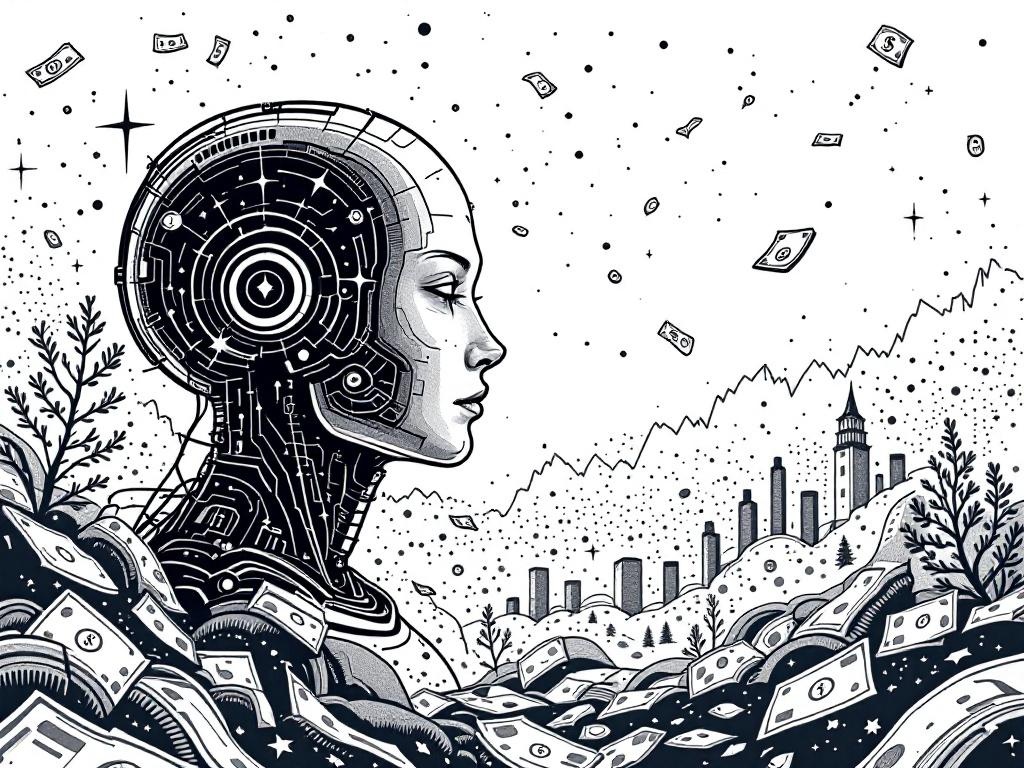Rising AI Valuations in 2025 Spark Fears of Economic Bubble

United States, Friday, 10 October 2025.
The AI sector’s rapid growth in 2025 raises concerns about an impending economic bubble, as high valuations mirror the early 2000s dot-com era, prompting caution among investors and analysts.
The Rapid Rise of AI Valuations
In 2025, the United States has witnessed a remarkable surge in AI-related investments, driving significant growth in the economy. However, this growth has not come without its challenges. The Bank of England and the International Monetary Fund have expressed concerns about potential market corrections amid the AI boom, citing parallels to the dot-com bubble of the early 2000s [1][2]. The valuations of AI stocks have raised alarms, with the S&P 500 and Nasdaq indices showing substantial gains, largely driven by AI-linked companies [1].
Market Sentiments and AI Risk
Investor sentiment is increasingly wary, with fears of a bubble reminiscent of the 1990s tech boom. Goldman Sachs has commented on the speculative nature of current AI market trends, emphasizing the reliance on expectations rather than actual earnings [3]. As of 2025, approximately 43% of U.S. public companies have acknowledged ‘AI risk’ in their SEC filings, a substantial increase from just 4% in 2020 [1]. This reflects a growing awareness of the potential volatility that AI investments might introduce to the market.
Global Perspectives and Economic Implications
Globally, the AI investment trend is not confined to the United States. The European Union has launched initiatives like the AI Continent Action Plan to enhance competitiveness while ensuring safety and fundamental rights [4]. In the U.S., AI now powers nearly 40% of GDP growth, a figure that underscores the sector’s significant influence on the national economy [1]. However, the sustainability of this growth is under scrutiny, as experts warn that the market could be overheating.
Future Outlook and Strategic Considerations
Looking forward, businesses and investors are encouraged to reassess their strategies in light of the current economic climate. The focus is increasingly on balancing AI’s transformative potential with the risks associated with its rapid adoption. The Capability Realization Rate model has been suggested as a tool to quantify the hype-to-reality gap in AI valuations [1]. As the AI sector continues to evolve, maintaining a strategic approach will be crucial for mitigating risks and capitalizing on opportunities.